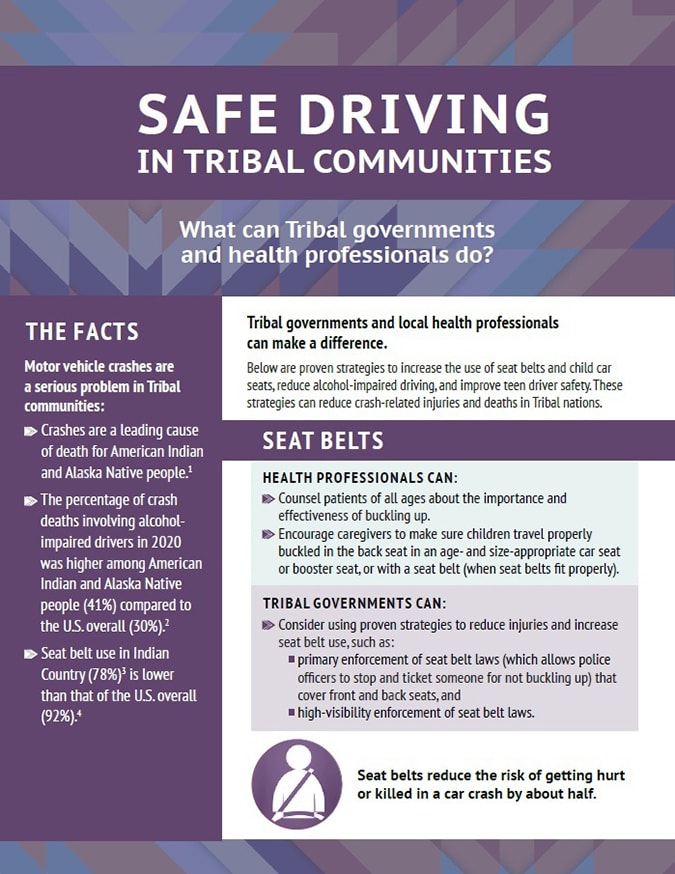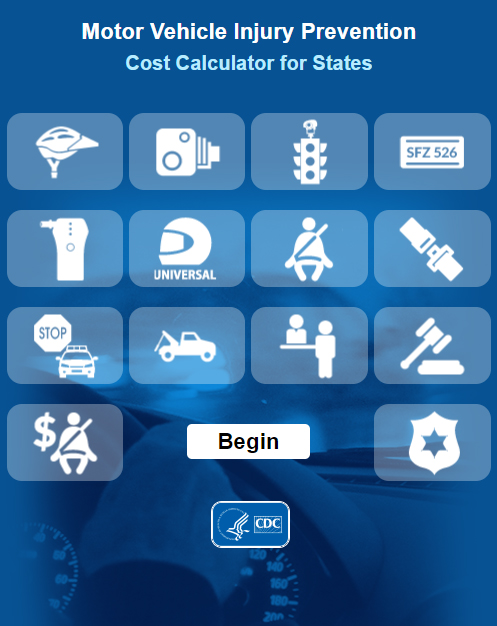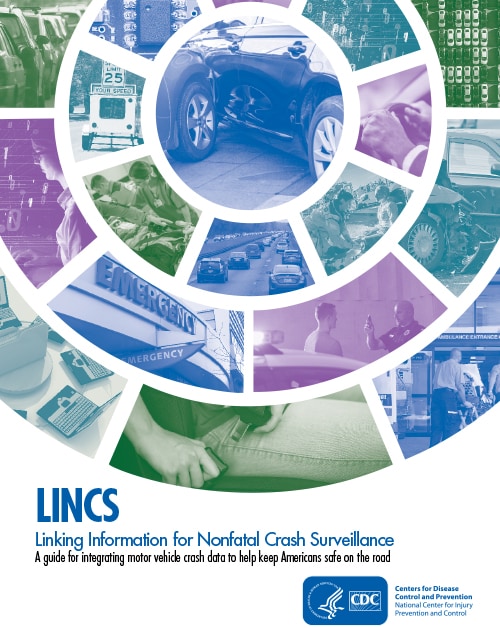Data and Resources for States and Tribes
Information and resources to help states make data-driven decisions to prevent motor vehicle crashes, injuries, and deaths.
- Buckle Up: Restraint Use State Fact Sheets (September 2020)
- Child Passenger Safety Guidelines for Parents and Caregivers
- How to avoid the most common mistakes car seat and booster seat graphics
- CDC MMWR: Vital Signs: Restraint Use and Motor Vehicle Occupant Death Rates Among Children Aged 0–12 Years — United States, 2002–2011 (February 2014)
- Buckle Up: Restraint Use State Fact Sheets (September 2020)
- State-level seat belt use in the United States, 2011–2016: Comparison of self-reported with observed use and use by fatally injured occupants (June 2020)
- CDC MMWR: Rural and Urban Differences in Passenger-Vehicle-Occupant Deaths and Seat Belt Use Among Adults — United States, 2014 (September 2017)
- CDC Vital Signs: Adult Seat Belt Use (January 2011)
- CDC MMWR: Impact of primary laws on adult use of safety belts — United States, 2002 (April 2004)
- Drug-Impaired Driving in the United States (December 2020) [PDF – 2 pages]
- Sobering Facts: Alcohol-Impaired Driving State Fact Sheets (September 2020)
- Driving Under the Influence of Marijuana and Illicit Drugs Among Persons Aged ≥ 16 Years — United States 2018
- Increasing Alcohol Ignition Interlock Use: Successful Practices for States (May 2015)
- Alcohol-impaired driving among adults — United States, 2012 (2015)
- State-Specific Costs of Motor Vehicle Crash Deaths (September 2020)
- CDC MMWR Surveillance Supplement Article: Transportation Risk Behaviors Among High School Students — Youth Risk Behavior Survey, United States, 2019 (August 2020)
- Graduated Driver Licensing Night Driving Restrictions and Drivers Aged 16 or 17 Years Involved in Fatal Night Crashes — United States, 2009–2014 (July 2016)
- CDC’s Parents Are the Key to Safe Teen Drivers
- Parent-Teen Driving Agreement
- CDC’s Graduated Driver Licensing (GDL) System Planning Guide (2016)
- Driving Among High School Students — United States, 2013 (April 2015)
- CDC MMWR: Vital Signs: drinking and driving among high school students aged ≥16 years — United States, 1991–2011 (October 2012)
- Safe Driving in Tribal Communities: Tribal Government Fact Sheet (November 2020) [PDF – 4 pages]
- Buckle Up: Tribal Fact Sheet (November 2020) [PDF – 2 pages]
- Protect Our Future: Tribal Fact Sheet (November 2020) [PDF – 2 pages]
- Your Decision, Their Lives: Tribal Fact Sheet (November 2020) [PDF – 2 pages]
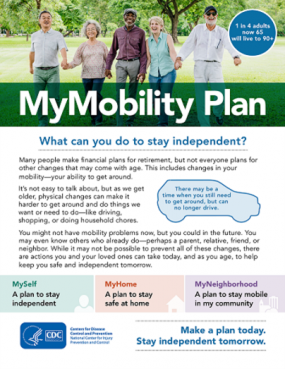
Falls and motor vehicle crashes, which are related to mobility, are the leading causes of injury and injury death in older adults. There are many negative outcomes for older adults if they stop driving or fall, including reductions in their health, social interaction, and the ability to get around. CDC developed the MyMobility planning tool, using available scientific evidence, to help older adults plan for future mobility changes that might increase their risk for motor vehicle crashes and falls. Adult children or caregivers can also use this planning tool to help older parents, relatives, or friends.
Order hard copies of MyMobility Plan here via CDC-INFO on Demand for publications. You can customize the MyMobility Plan [PDF – 4 pages] with your organization’s name and address. There is a designated space for you to add contact information only (not logos).
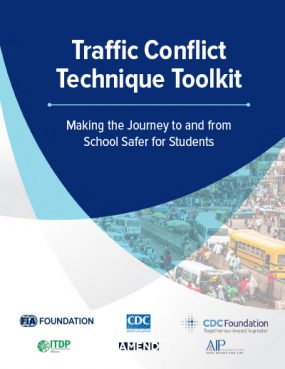
The Traffic Conflict Technique Toolkit [PDF – 76 pages] is a comprehensive guide that describes five different methods to evaluate the impact of a road safety intervention by collecting and analyzing traffic conflict data. A traffic conflict occurs when two or more road users are at risk of colliding if their movements do not change. The TCT Toolkit focuses on pedestrian-vehicle traffic conflicts in and around school zones in low- and middle-income countries. Download the TCT Toolkit [PDF – 76 pages] to learn more about how to improve road safety in school zones.

CDC’s WISQARS™ (Web-based Injury Statistics Query and Reporting System) is an interactive, online database that provides fatal and nonfatal injury, violent death, and cost of injury data from a variety of trusted sources. Researchers, the media, public health professionals, and the public can use WISQARS™ data to learn more about the public health and economic burden associated with unintentional and violence-related injury in the United States.
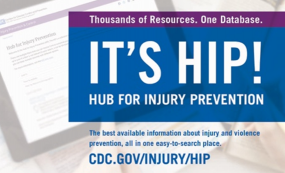
The Hub for Injury Prevention (HIP) includes CDC resources, as well as external resources from trusted partners related to injury and violence prevention practice. The HIP includes fact sheets, presentations, trainings, webinars, publications, and other documents that are intended for public health action.
